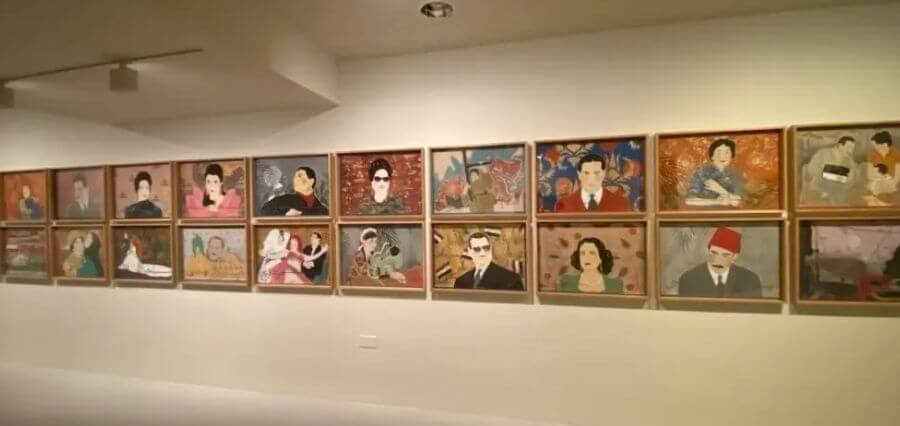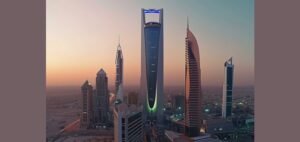Doha’s Mathaf: Arab Museum of Modern Art establishes itself as one of the most authoritative voices for Arab narratives and the Global South in art with shows ranging from political viewpoints to introspective inquiry.
Entering the chamber, which is arranged like a single piece by Algerian artist Kader Attia, first impressions are of a large, eerie archive and a disconcerting museum storeroom. This museum in the capital of Qatar is called “The Repair from Occident to Extra-Occidental Cultures.” A series of cases around the room’s perimeter display artifacts from the colonial era, including weaponry, mementos, knives, and cutlery, as well as pictures of French admirals and Arab rulers.
Books from 1800-1900, like Occident Noir, The Age of Napoleon, and La France d’Outre Mer, are penned somewhat violently on the shelves with metal rods, accompanied with satirical pictures from periodicals. One that is especially unsettling shows a gullible white nurse tending to injured African soldiers, who are shown as grinning malevolently. A diverse range of features of the interaction between colonizers and colonized, as well as the persistence of thinking models in both Western and non-Western cultures, are depicted in the resources selected by Attia. These include representations of racial stereotypes, anthropological research, and orientalist perspectives.
A number of wooden heads that resemble African statuettes are among the installation’s more terrifying components. These faces’ warped features serve as a reminder to the observer of the cubist or expressionist impact popularized by artists like Picasso, Bacon, and, more recently, Marlene Dumas. It is evident from perusing the anatomy and war surgery books lining the shelf that the distortion in the features alludes to the battle injured. These books describe techniques such as reconstructing exploded faces damaged during World War I and attaching prosthetics. The process of healing historical scars and wrongdoings committed by the West on its colonies—a topic at the heart of the postcolonial discourse—is alluded to by the artist.
One other feature of the artwork is summarized by the existence of publications like Primitive Art and Psychoanalysis: how the encounter with the “other” is transformed and elevated in art, as well as the profound psychological foundation that underlies all forms of orientalism.
The viewer must grapple with the complex and multifaceted subject matter that dangerously combines racial prejudices, modernism, colonialism, tribal art, sexuality, anthropology, war, and the subconscious.
On the other hand, the work’s purpose is evident. To move forward and mend the historical scars caused by these power dynamics, he is critically analyzing this magma.
The development of an alternative to the non-Western narratives and discourses for history and art history is one of the core themes of Mathaf’s extensive and rich collection, of which Attia’s work is only a small portion. It appears that the museums in Qatar are emphasizing this as their primary goal. While museums as institutions are becoming less and less important in the West, they play a crucial role in the development of the own art systems in the Global South, or the regions of the world that were previously ignored by Western narratives. In actuality, it is these organizations’ responsibility to use museums as a key instrument to create narratives that are different from those of the West.
Read More: https://arabianworldmagazine.com/




